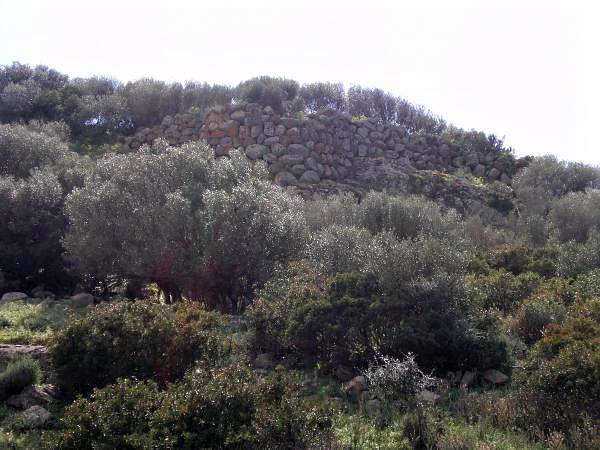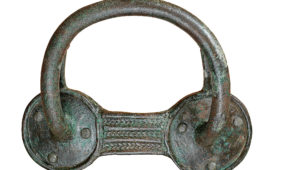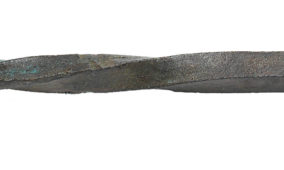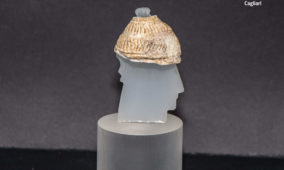Corpo Pagina
Decimoputzu is a small municipality in the province of Sud Sardegna, surrounded by the hilly reliefs of Monte Sa Idda, Fanaris and Gutturugionis.
In the north-eastern part of the modern town, in Sant’Iroxi area, traces of human settlement, dating back to the early Neolithic, have been found.
In the same area there is the domus de janas hypogeum known as the Tomb of the Warriors, dating back between the final phase of the Neolithic (Ozieri culture) and the early Bronze Age, above all known for the discovery of bronze weapons now preserved in the Museum of Cagliari.
The particular tomb of the giants with the curved stele of Perda Lada, built using the so called Cyclopean technique, the imposing complex nuraghe of Su Casteddu ‘e Fanaris and the nuraghe of Monte Sa Idda, famous for the findings of metal artefacts, date back to the Nuragic age.
Another important site for the Nuragic era (Middle Bronze Age) is that of Mitza Purdia where an ivory object was found testifying contacts with the Mycenaean world.
It is the head of a warrior figure with a domed helmet and boar tusks, a decorative element of a valuable object, probably a casket, to which it must have been fixed with a pin.
The territory was also frequented in historical times.
The Byzantine remains of a primitive cult building and a baptistery, found under the medieval church of San Giorgio, near a Roman statio, suggest an important role in the evangelization programs of rural communities.
Featured photo: Su Casteddu ‘e Fanaris nuraghe






